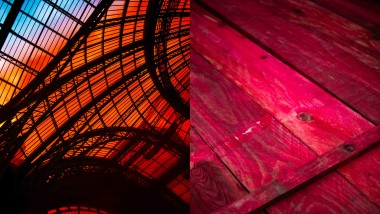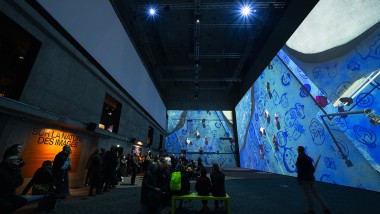
A very religious period...
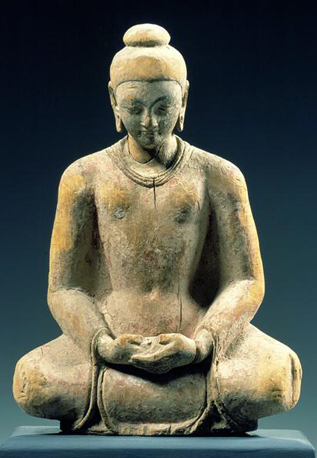
The religions which appeared during Antiquity spread throughout the world and significantly influenced converted sovereigns, peoples and artistic life. These were Hinduism and Buddhism in Asia, Christianity in Europe and, from the 7th century, Islam which would spread to the whole of Western and Central Asia, Africa and, in Europe, Spain.
…and very religious or "sacred" art
Art in the Middle Ages was above all religious. Architecture testifies to this: Buddhist temples and Indian stupas emerge in Asian landscapes. Churches, basilicas, Roman monasteries and Gothic cathedrals sprang up in the European cities and countryside, mosques and their minarets in Islamic countries. In this period, the image made it possible to transmit religious messages more easily to a large illiterate population. Sculptures in stone, ivory and wood, paintings on walls, parchment (Europe and the Middle East) and rolls of paper or silk (in China), stained glass, enamelled objects, tapestries recounting the lives of prophets (Moses, Jesus and Mohamed) and their followers who were the sole bearers of God’s message. In southern and eastern Asia, it was Buddha, the Awakened One, who was represented. In India it was the whole Hindu pantheon.


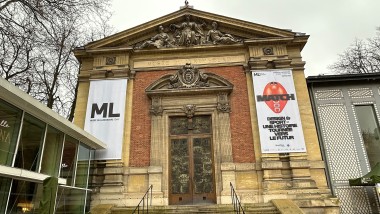
Design goes the extra mile for sport! The trailer for the next exhibition at the Musée du Luxembourg
Article - 11 March 2024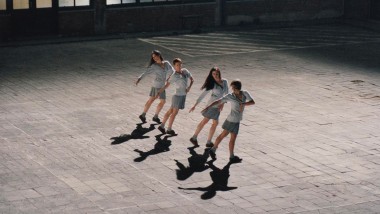
‘Rosas Danst Rosas', A contemporary dance by Anne Teresa De Keersmaeker in response to Stein
Article - 24 January 2024